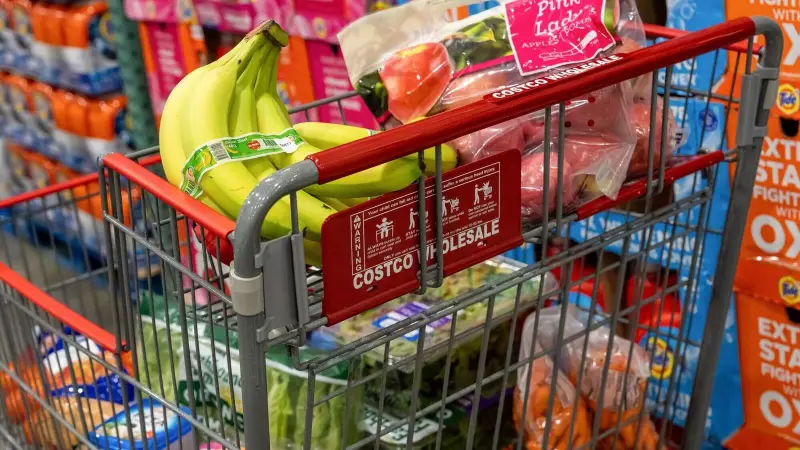
As inflation continues to squeeze household budgets across the United States, Americans are deploying increasingly creative and extreme measures to make every dollar count. What began as simple coupon clipping has evolved into a full-blown savings revolution, with people completely transforming their spending habits and lifestyles.
The New Age of Extreme Couponing
Gone are the days of casual discount hunting. Today's savers have turned coupon collection into a military-style operation, combining digital apps with traditional paper coupons to stack savings. Some dedicated shoppers report saving upwards of 50-70% on their grocery bills through strategic planning and multiple coupon combinations.
DIY Everything Movement
The do-it-yourself trend has exploded beyond home repairs. Americans are now brewing their own coffee, cutting family members' hair, and even attempting complex car maintenance that they would have previously paid professionals to handle. This shift represents both a financial necessity and a growing confidence in self-sufficiency.
Strategic Downsizing Takes Center Stage
Many households are making dramatic changes to their living situations to combat rising costs. Families are moving to smaller homes, taking in roommates, or relocating to more affordable states. The pursuit of savings is literally changing the American landscape as people prioritize financial stability over square footage.
The Psychological Toll of Constant Saving
While the financial benefits are clear, mental health experts note the potential downsides of this hyper-vigilant approach to spending. The constant pressure to find deals and avoid unnecessary expenses can lead to significant stress and anxiety, creating what some call 'financial fatigue.'
Technology: The Savings Superpower
Mobile apps and price comparison tools have become essential weapons in the savings arsenal. Consumers now routinely scan barcodes in stores, use cashback applications, and set price alerts for regular purchases. This digital assistance has made extreme saving more accessible than ever before.
As economic uncertainty persists, these money-saving strategies are likely to become permanent features of the American financial landscape rather than temporary fixes. The question remains: at what point does prudent saving become unsustainable sacrifice?





